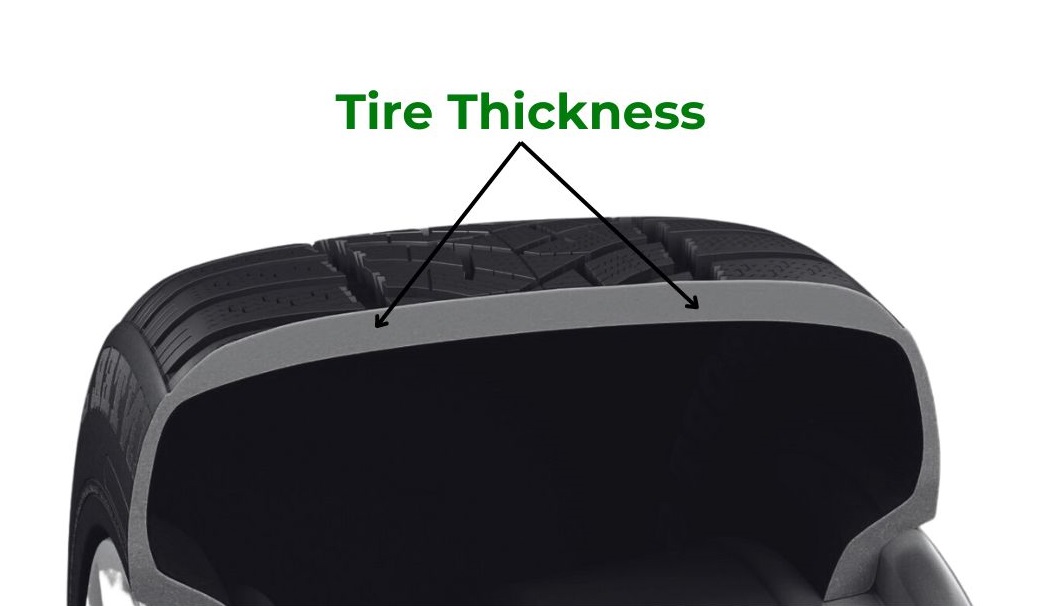GBL is a dangerous chemical that can have serious health risks and legal implications if mishandled or used inappropriately.
If you have legitimate and legal uses for GBL, I would recommend researching proper procedures, safety precautions, and legal regulations related to its handling and use.
Gamma-butyrolactone (GBL) is a chemical compound that is commonly used for industrial and commercial purposes. It’s a colorless and odorless liquid with a wide range of applications, including as a solvent, cleaner, and chemical intermediate in various industries. Here are some common uses of GBL:
- Industrial Solvent: GBL is used as a solvent in various industries, such as pharmaceuticals, plastics, and electronics. It can dissolve a wide range of substances and is often used to help create solutions and formulations.
- Cleaning Agent: GBL is known for its powerful cleaning properties. It’s used in some cleaning products, including wheel cleaners and degreasers, to remove dirt, grease, and stains from surfaces.
- Chemical Intermediate: GBL is used as an intermediate compound in the production of other chemicals. It can be chemically transformed into substances like gamma-hydroxybutyric acid (GHB), which is a controlled substance with potential recreational use and abuse.
- Industrial Applications: GBL is used in various industrial processes, such as in the production of polymers, textiles, and plastics. It’s also used in the production of some pharmaceuticals.
It’s important to note that GBL can be hazardous if mishandled. It’s classified as a controlled substance in some countries due to its potential misuse and conversion into GHB, which has sedative and euphoric effects. GBL can have toxic effects if ingested, inhaled, or absorbed through the skin, and it should be handled with care.
Given its potential dangers and regulatory considerations, it’s advisable to use GBL only for legitimate and legal purposes, following proper safety guidelines and regulations. If you have any questions about the uses or properties of GBL, it’s recommended to consult authoritative sources or professionals in relevant fields.
what is wheel cleaner?
Wheel cleaner is a type of cleaning product specifically designed for cleaning the wheels of vehicles, such as cars, trucks, and motorcycles. Wheels can accumulate dirt, brake dust, road grime, and other contaminants over time, which can make them look dirty and affect their overall appearance. Wheel cleaners are formulated to effectively remove these types of stubborn dirt and grime, often including components like:
- Surfactants: These are cleaning agents that help break down and remove grease, oil, and dirt from the surface of the wheels.
- Acidic or Alkaline Agents: Some wheel cleaners contain mild acids or alkaline substances that can help dissolve brake dust and other stubborn contaminants. These need to be used carefully, as they can potentially damage certain types of wheel finishes or coatings if not used as directed.
- Solvents: Solvents can help dissolve tough stains and residues, making them easier to wipe away.
- Rust Inhibitors: Some wheel cleaners may include rust inhibitors to help prevent corrosion on metal parts of the wheels.
- Foaming Agents: These create foam that clings to the wheel’s surface, allowing the cleaner to stay in contact with the dirt and grime for longer, improving cleaning effectiveness.
- Fragrances: Some wheel cleaners may include pleasant scents to mask any chemical odors.
It’s important to use wheel cleaners as directed by the manufacturer and to follow safety precautions, such as wearing gloves and working in a well-ventilated area. Additionally, always make sure that the wheel cleaner you’re using is appropriate for the type of wheels you have. Different types of wheels (alloy, steel, painted, etc.) may require different cleaning products and methods.



